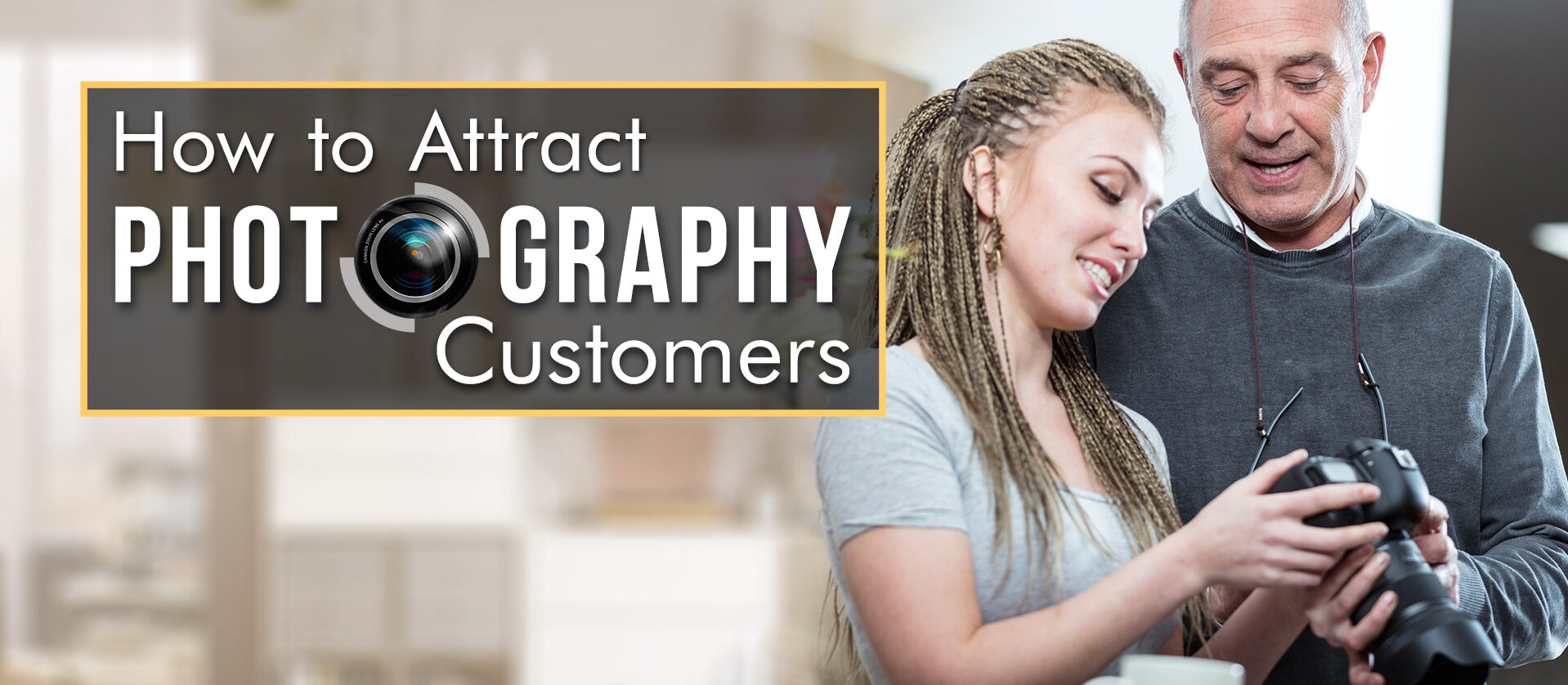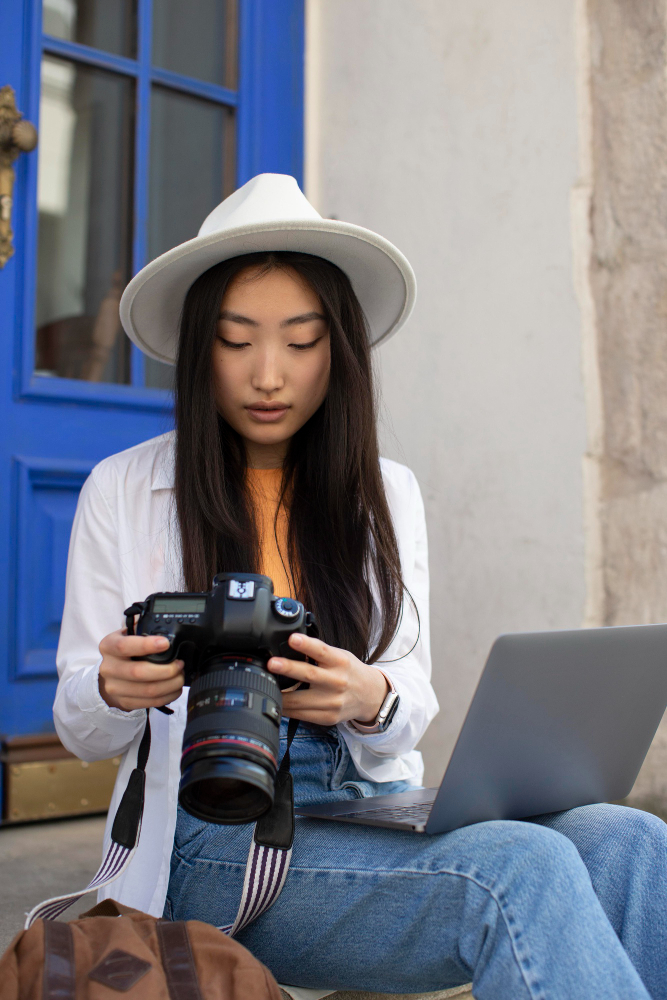 Many people like to experiment with the macro settings on their digital cameras, but ultimately give up on their efforts when the results are blurry and poorly lit. Fortunately, with just a bit of effort and some inexpensive equipment, macro photography can be successfully accomplished.
Many people like to experiment with the macro settings on their digital cameras, but ultimately give up on their efforts when the results are blurry and poorly lit. Fortunately, with just a bit of effort and some inexpensive equipment, macro photography can be successfully accomplished.
The key to good macro photography is lighting, and unfortunately most on board flash units will not do the trick, nor will traditional flashes mounted to the flash shoe, the bracket where a larger flash unit can be inserted into the camera body. A traditional solution for professional photographers is to employ a hand-held flash.
This solution, however, requires some consideration and preparation to achieve the desired effects. For example, it is remarkably difficult to trigger a camera while holding the hand-held flash in the ideal location. This is the reason so many macro photographers purchase a tripod for their work. While the tripod won’t always be applied to every macro photographic situation, it does eliminate many issues around lighting and frees the camera from any possible shake.
Camera shake causes blur, and when an image is in deep magnification such as those in macro photography images, the slightest shake can spoil the photograph. In addition to a tripod, some photographers choose to use their camera built-in timer, or to purchase a manual trigger that is attached by a cable to the camera. While this will require the photographer to trigger the camera’s lens, it will not threaten the exposure.
macro photography images, the slightest shake can spoil the photograph. In addition to a tripod, some photographers choose to use their camera built-in timer, or to purchase a manual trigger that is attached by a cable to the camera. While this will require the photographer to trigger the camera’s lens, it will not threaten the exposure.
Experimental shots may be required to accurately flood the subject with the correct amount of light, as well as to determine the best angle which to deliver the flash. For example, many people photograph items such as insects and flowers, and these may move or have varying amounts of sunlight that will require the flash position to be adjusted for each exposure.
Some photographers also choose to rely on reflective surfaces, such as mirrors and diffusers to help light their macro subjects. Usually these are photographs taken in the  studio setting, where the overall environment can be controlled.
studio setting, where the overall environment can be controlled.
Finally, there are macro flashes available for purchase which attach directly to the lens of the camera, or to some location on the camera body. They will usually involve several light sources that can be controlled by the user. Many also come with a pilot light feature which allows the photographer to see the amount of light that will be delivered with the flash, which will enable them to control their final result.
This is a contribution from Amy Renfree who tirelessly supplies articles to this site from time to time. Thanks Amy! If you didn’t already know, Amy has remarkable photography coaching skills and supplies an also remarkable guide on digital photography techniques. I’m not going to drill-down on it here but I DO suggest you check out the introduction page to decide if you want to download it for a pittance (yes a pittance). If you are not sure of Amy’s credentials, just look at the many contributions she has made to this site and it doesn’t scratch the surface of what’s in her guide on Digital Photography.
NB. Straight up – I recommend it (by the way – Amy’s very approachable too).

